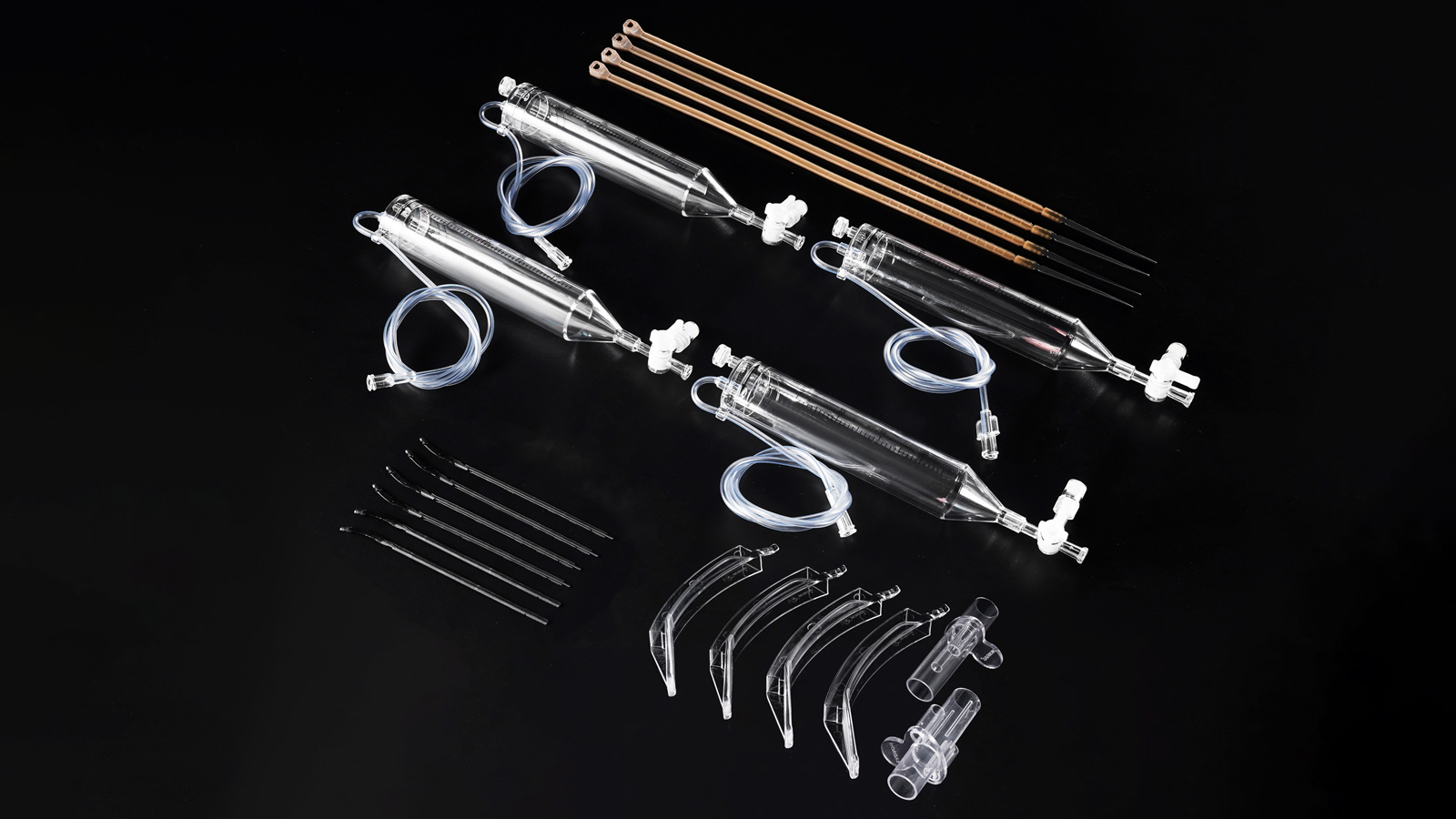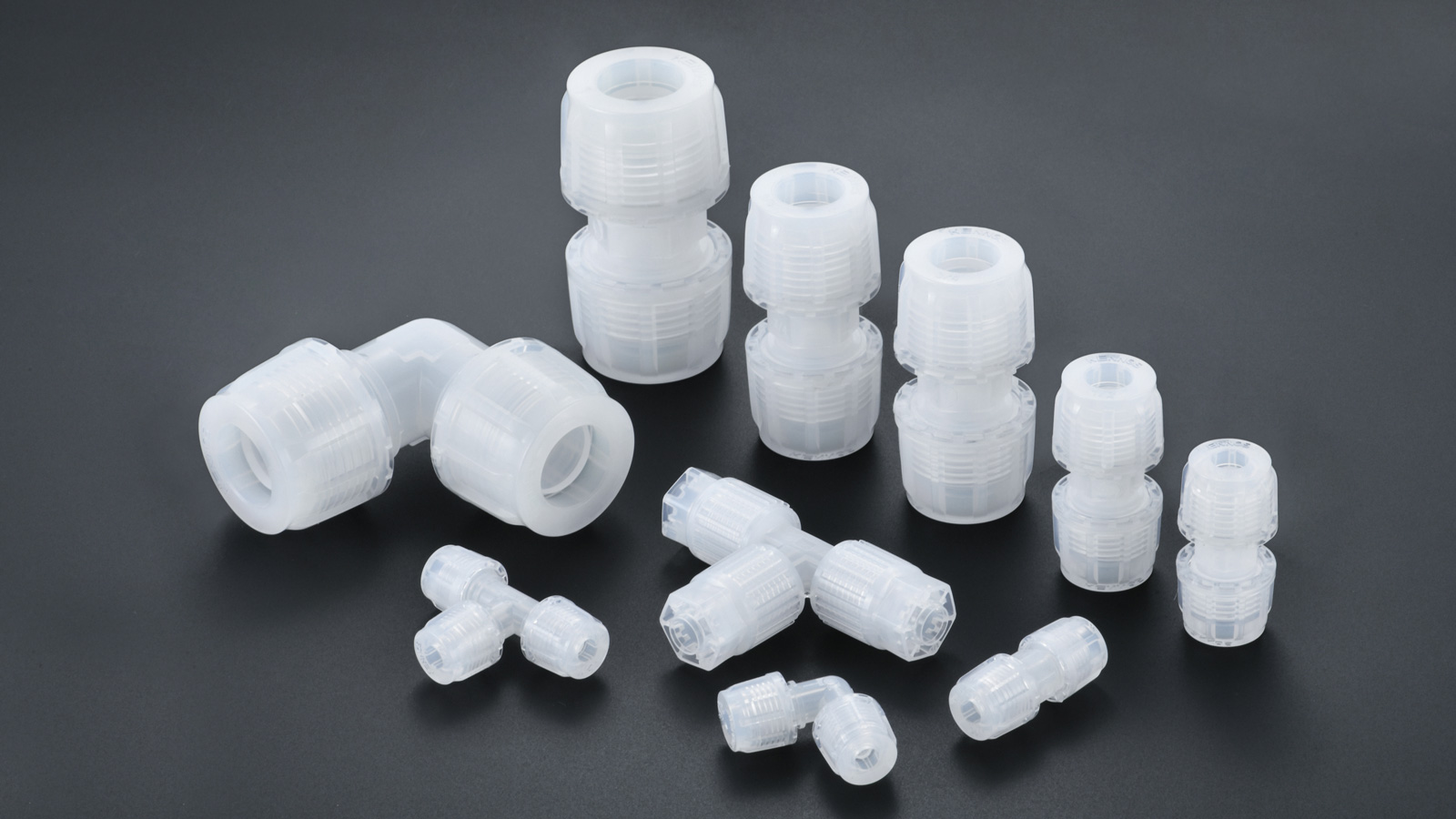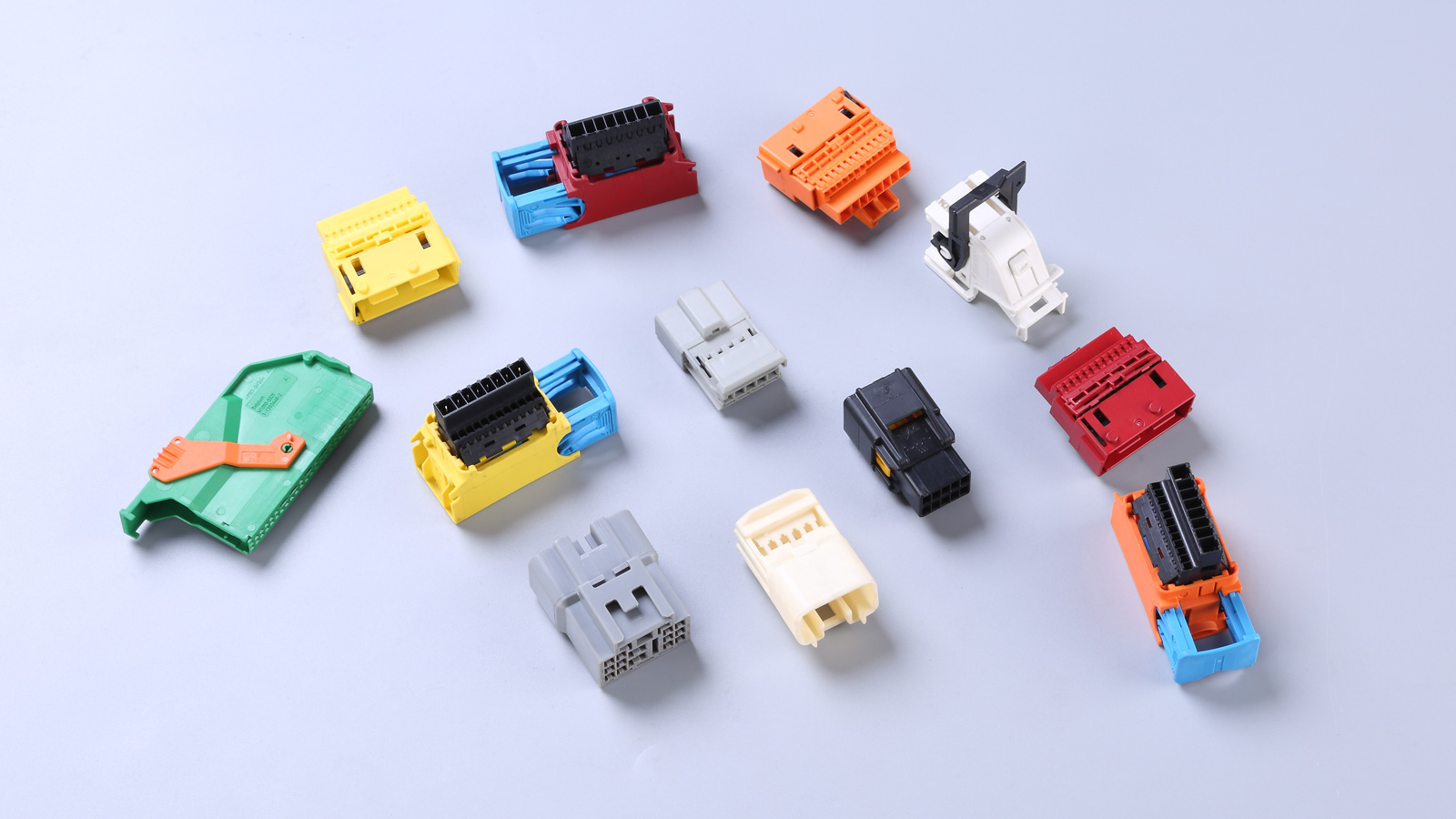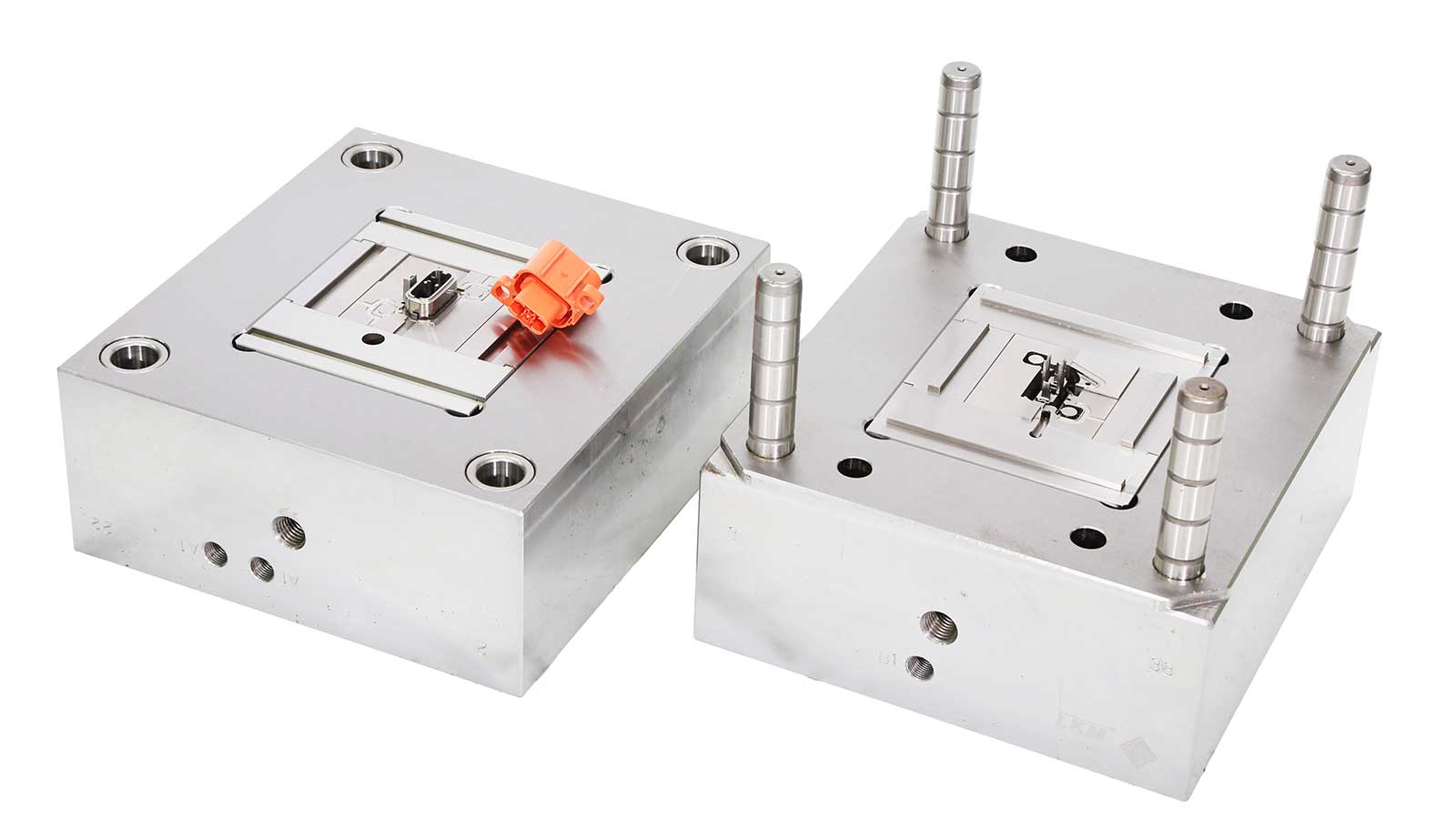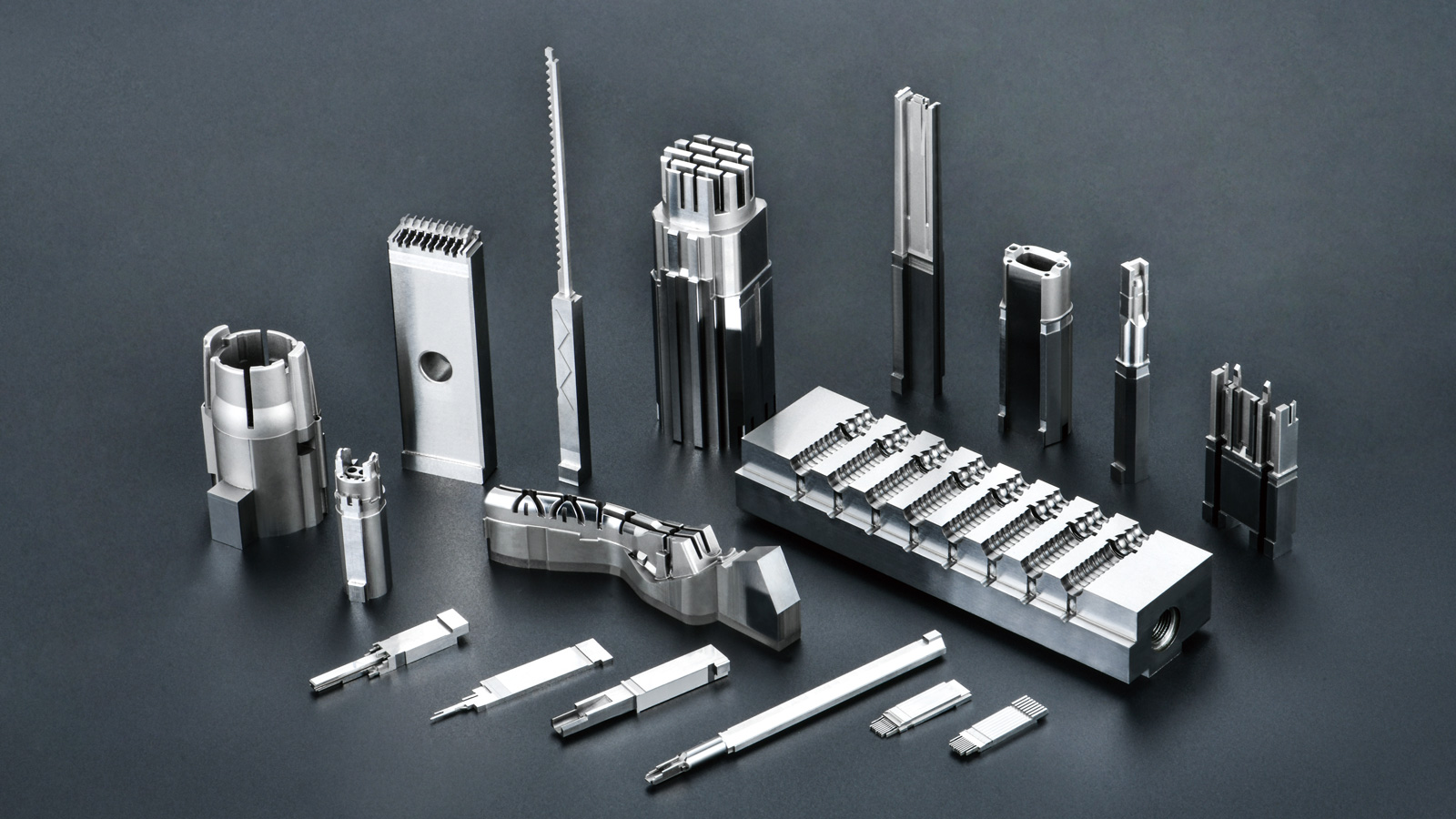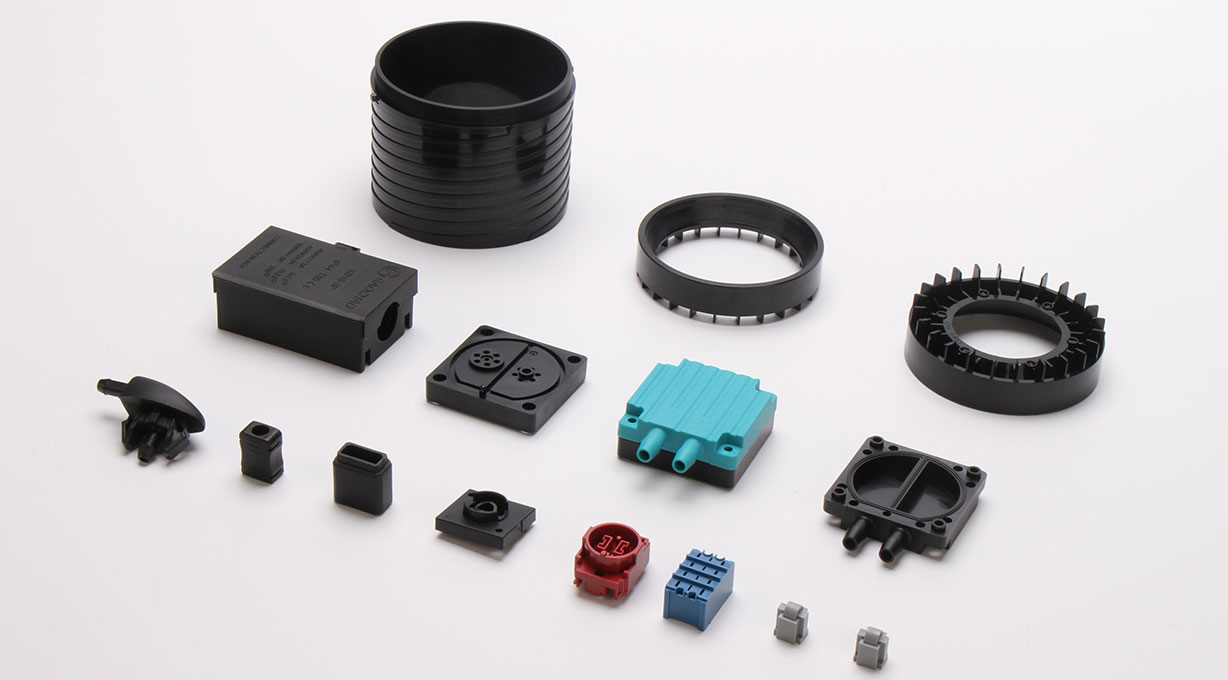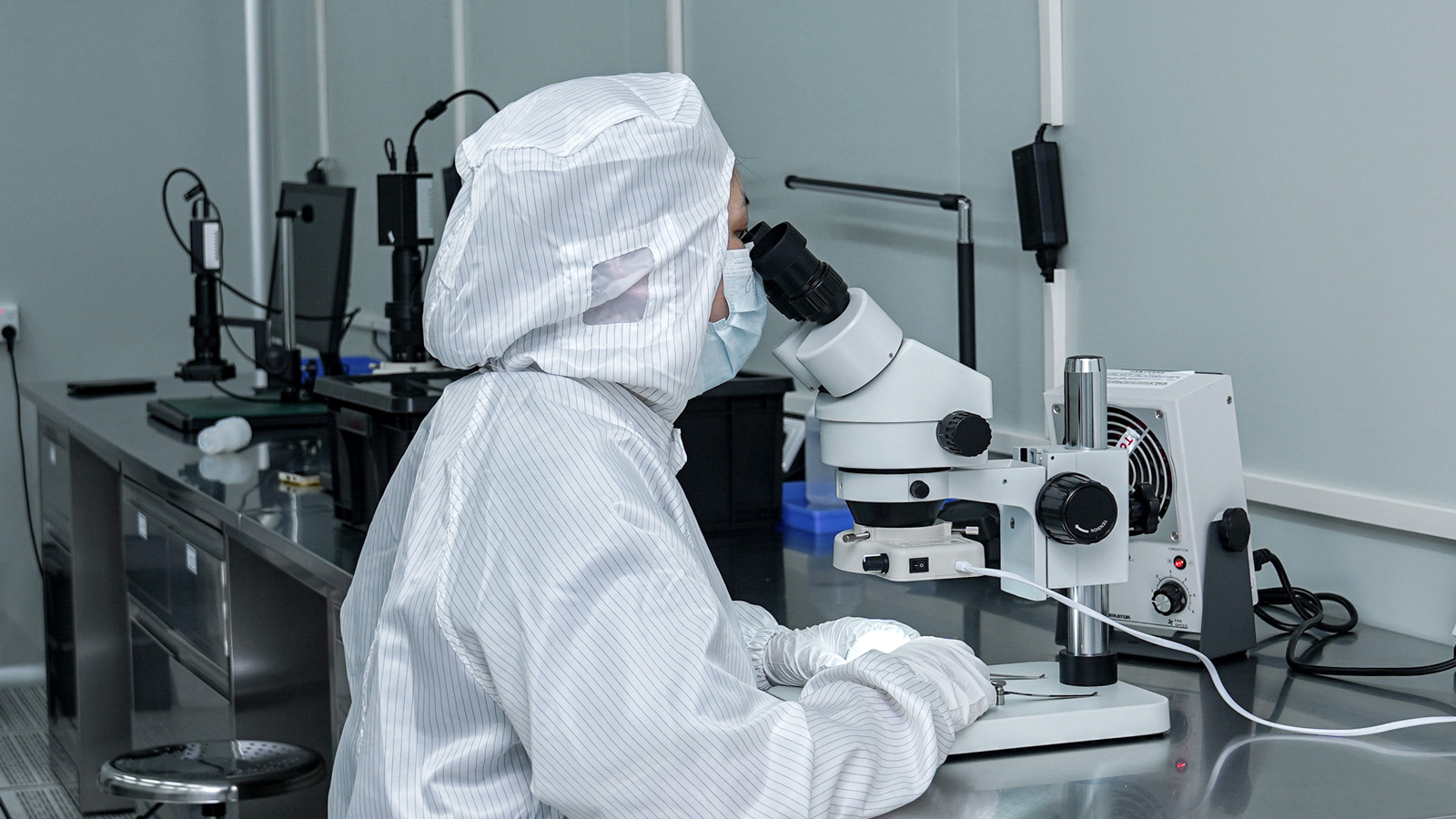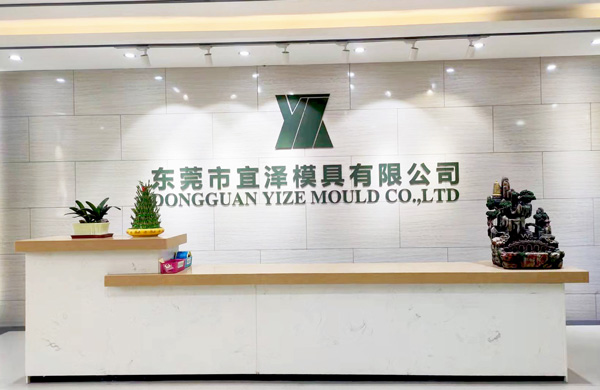In the field of injection mold processing, the application of mold inserts is extremely widespread. Whether in the front mold, back mold, or in sliders and lifters, inserts can be seen. Inserts play an indispensable role in injection mold processing, and their specific functions are reflected in several key aspects.
Reducing Processing and Maintenance Difficulty
The manufacturing process of injection molds is highly complex. During processing, complex-structured and specially shaped parts are often encountered. These parts are not only difficult to machine but also challenging to repair. Using the method of disassembling mold inserts can effectively solve this problem. By splitting complex structures into inserts for processing, the overall processing difficulty of the mold can be reduced. When an insert is damaged or requires adjustment, only that specific insert needs to be repaired or replaced, eliminating the need for large-scale operations on the entire mold. This greatly simplifies the maintenance process and improves maintenance efficiency.
Facilitating Product Molding and Demolding
In injection-molded products, if there are deep ribs or other structures that are difficult to mold, defects such as incomplete filling and burning are likely to occur during the molding process. In such cases, disassembling inserts is an effective solution. The gaps around the mold inserts facilitate gas venting during molding, helping the plastic melt to smoothly fill the mold cavity and preventing defects caused by gas entrapment. At the same time, these gaps also prevent vacuum adhesion during product demolding, ensuring that the product can be smoothly removed from the mold and improving the molding quality and production efficiency of the product.
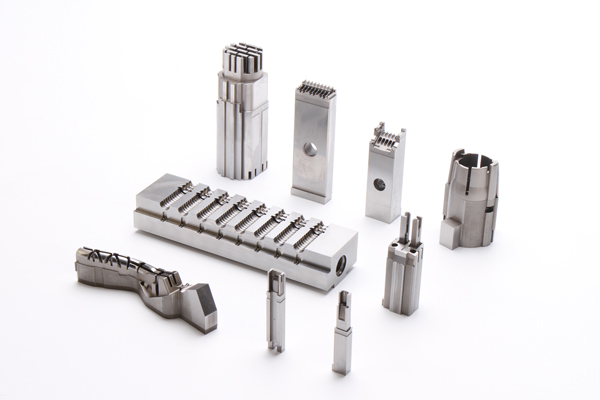
Enhancing Mold Strength
When there is a small-area breakage on forming parts such as mold cores or sliders, the strength of the mold is compromised, which shortens its service life. To enhance the strength of the injection mold and improve its durability, the broken part can be disassembled into inserts. This approach disperses the stress borne by the mold, reducing the risk of damage caused by local stress concentration, thereby increasing the overall strength of the injection mold and extending its service life.
Saving Materials and Reducing Costs
When there are components on forming parts such as mold cores or sliders that protrude significantly above other surfaces or are difficult to machine, if inserts are not used, a larger stock size is required during material preparation. This not only increases material consumption but also extends processing time, leading to higher costs. By using the method of disassembling mold inserts, inserts can be processed separately according to actual needs, avoiding unnecessary material waste, reducing processing costs, and improving production economic efficiency.
Shortening Mold Manufacturing Cycle
In injection mold processing, if there are deep ribs in the cavity that are difficult to machine directly, disassembling them into inserts for processing can simplify the task. This approach breaks down complex machining tasks into multiple simple steps, improving machining efficiency and shortening the overall processing time of the injection mold. As a result, the mold manufacturing cycle is accelerated, allowing products to enter the market more quickly.
In conclusion, inserts in injection mold processing play crucial roles in reducing processing and maintenance difficulty, facilitating product molding and demolding, enhancing mold strength, saving materials and reducing costs, and shortening mold manufacturing cycles. They are indispensable key components in injection mold processing.
